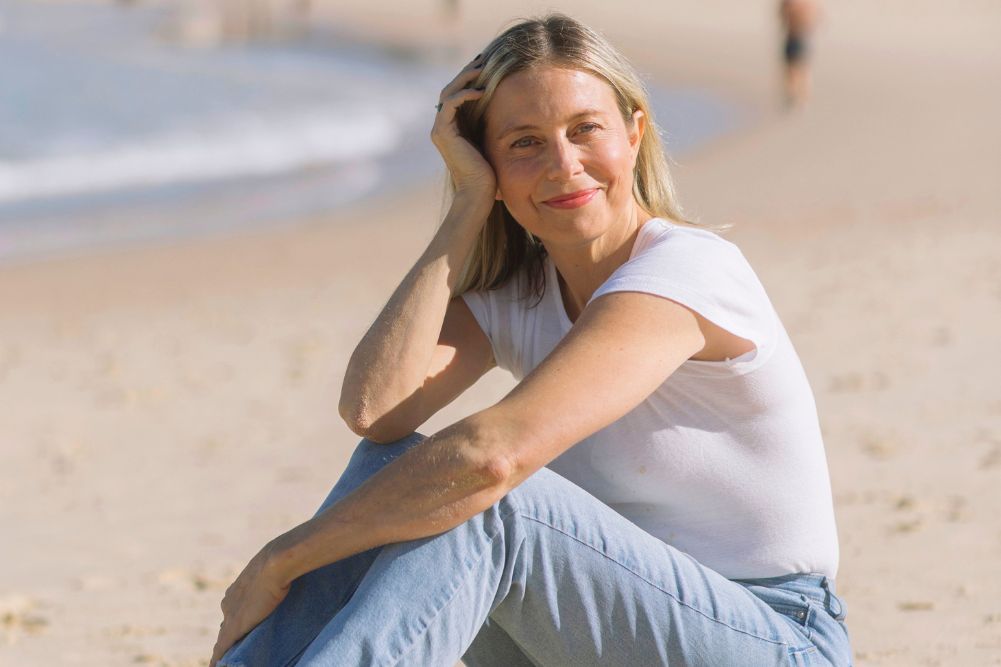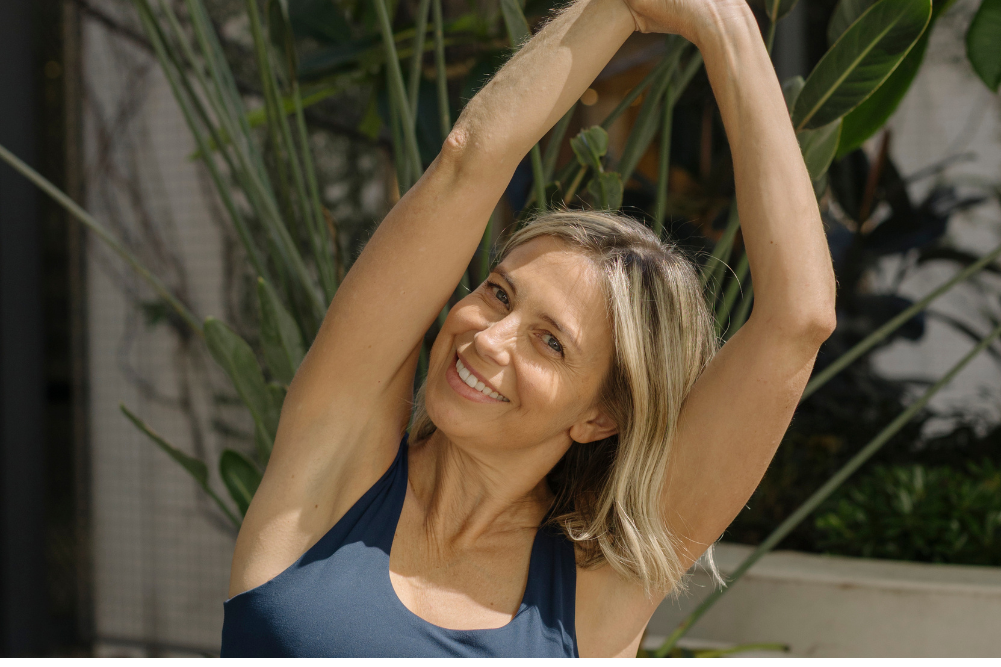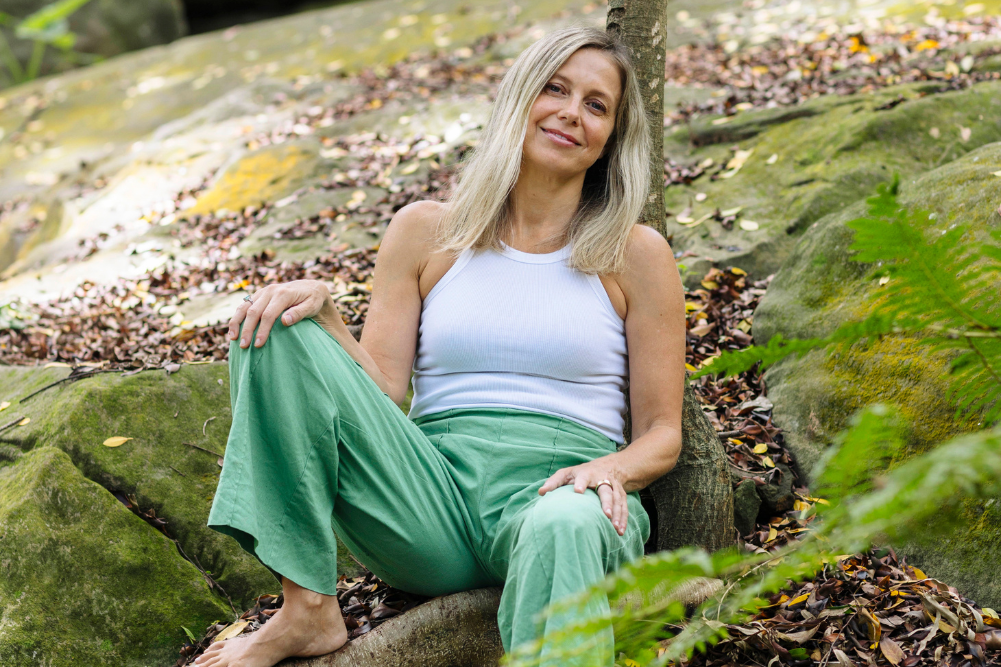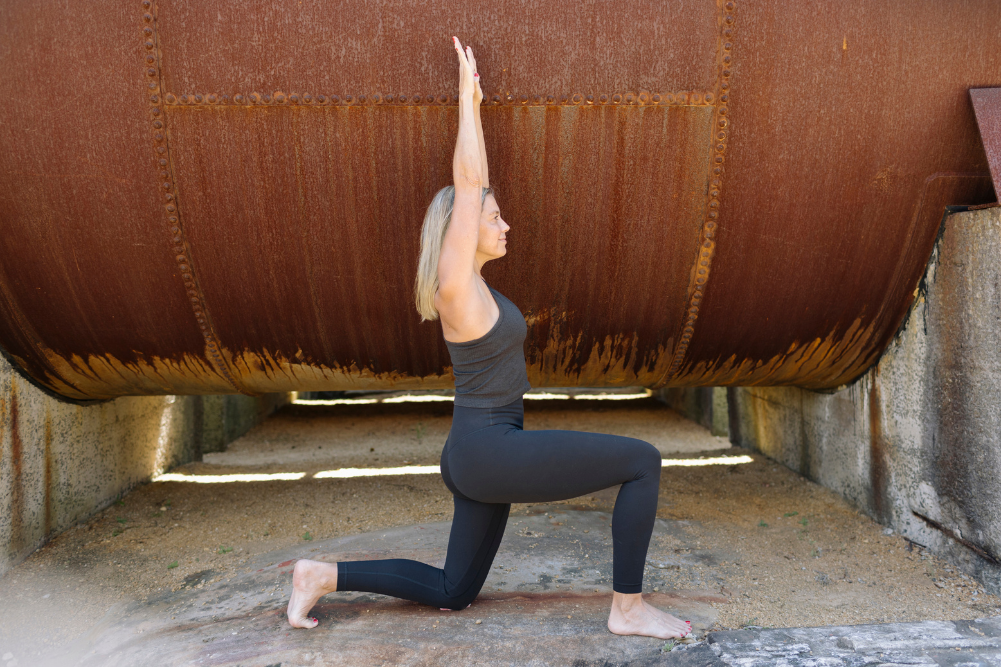Living Pantanjali’s Yoga Sutras
We explore how Patanjali’s Yoga Sutras can help you establish a lifelong, sustainable yoga practice.
In every moment we have both an opportunity and a responsibility for the way we create our happiness. The way we think, act and engage second-by-second has the most direct relationship to whether we’re moving closer to love, truth and wisdom, or apathy, illusion and the mundane.
A person’s life can be looked at as a series of choices, which like the roots of a plant spread out into more and more choices. Every choice matters and directs the fate of the next series of root veins as they make their way through the soil. Some find their way towards the more nutrient-dense soil, while others settle for worn-out dirt.
I could wake up in the morning, snooze my alarm for an hour, scroll on my phone for the next hour and rush to work having skipped breakfast. Or I could get up straight away, do my yoga practice and eat something healthy before I leave. Whichever choice I made in that very first moment of the day inevitably impacts the happiness I experience throughout the day and whether or not I’m a little wiser or a little emptier by the end of it.
The following is a series of Patanjali’s Yoga Sutras (PYS) along with my commentary, which offers some guidance on how we can focus on our practice. If our attitude to our practice is correct, we will more regularly make the choices that lead to real happiness and a successful spiritual life.
PYS 1.12 — The thought waves (vrttis) are mastered through practice and non-attachment.
“Never give up” and “Always let go” are wings that keep the yogi’s sadhana (spiritual practice) ambitions in a glide. Each choice we make leads us either more towards the spiritual or more towards the material.
Don’t give up on those things that point towards universal love, kindred service or God. Whatever you choose to call it and whatever path you practise to get there, it’s these things that will captivate your heart and elevate you above the ego’s mundane hankerings.
Let go of those things born of your own or someone else’s selfish craving. The money, the career and the cacophony of addictions that material life offers will only satisfy you for so long before a new desire comes along to replace it. The smorgasbord of life doesn’t need to be completely rejected, but a subtle shift in our attachment to it will change everything.
Dedicate your life to something higher than yourself and watch how beautifully the eagle flies. The nourishment of a sincere inward journey is no match for the ego’s wants.
PYS 1.13 — A career of practice is sustained through consistent effort to achieve stillness of mind.
One of the most transformative movements we can take is to not react with outward action before first consulting ourselves inwardly. This continuous remembering to go back to the innermost centre is what a lifetime of yoga practice is all about. Think of the tennis player running around the court chasing after the ball. The opponent sends the ball from left to right, making it harder and harder to return the ball each time till the player just can’t keep up and loses the point.
A person whose impulse is to always be reactive to external circumstances is much like the tennis player being run all over the court and getting tired. Now, if the player becomes skilled, he is able to return to the centre of the court after each shot. By doing this, he can better control the point, conserve energy and even get the other opponent running left to right.
The mind works in a similar way. When we’re caught up in the stream of looping thoughts, we’re like the exhausted player running from left to right, just trying to return the ball. But if we have a consistent practice of yoga which reminds us to return to our centre, we become more like that poised tennis player — taking action only once the stillness within has been consulted.
Make it a daily, hourly, minutely, secondly habit to feel into your centre. And when you practise, be present! Integrity, correct action and an enthusiasm for life will follow.
PYS 1.14 — With enthusiasm and consistency, regular practice over a long period of time will reap steadiness in mind and body, resulting in liberation.
The tallest mountain ash didn’t become that way by chance. Before it got its first glimpse of life, it was a seed being cracked open by the heat of fires roaring through its skin. When the rains came and the smoke settled, the first radicel broke forth to become its first experience of anchoring to the earth — rooting itself to the nutrients in water, soil and ash.
In its infancy, seedling and sapling stages, all the challenges of storms, animals and broken branches could have easily stunted or even halted the ash’s growth — but in its ever-deepening roots and perseverance, it eventually became what its genetics always knew it would be: an immovable mountain towering above the forests’ canopy.
In a yoga practice, to become like a mountain ash, we first need to foster both enthusiasm and consistency. Only enthusiasm, and yoga will be just another “fad” till the next thing captures the attention. Only consistency, and the practice becomes a tedious chore. When we integrate both, we begin to love and trust the process and accept that even the most harrowing experiences are there for our growth. A knowing that there’s something more beneath the surface starts to form. Patience and wisdom get cultivated from every challenge faced and the soul begins to realise what it was always been encoded to do: to become that liberated mountain ash — a beacon of hope, majesty and awe that others can be inspired by.
PYS 1.15 – Mastery is the detachment from things seen or heard of.
In the effort to achieve mastery, the layers to consciously let go of seem infinite. The gluttony, greed, self-importance … all the demands the mind conjures up to tell us we’ll be happier when such-and-such happens — a future moment when that spoilt child inside us finally has what he/she wants.
Then there’s my car, my home, my phone, my social media account — all these things I worked so hard at attaining — only to discover how much they further fuel the ego’s aggrandised story.
Even those things I consider part of my spiritual life eventually become an obstacle — intense pranayama (breathing exercises), treasured mala beads and an intellectual understanding of some ancient books. Like this picture of a beautiful asana (pose), they all hold little value so long as I remain attached to them as my salvation. That will only lead to a place of superficial security.
The aesthetic might attest that renunciation is the solution, only to find their attachment to samadhi (bliss) was even stronger than all the things combined!
So, what to do? Perhaps a simple sideways shift in perspective changes everything.
The attachment transmutes into mastery when gratitude, love and acceptance for all these things listed prevail. Rather than dismissing the world and its amazing phenomena, we simply allow them to be without grasping so tightly. And if the mind starts grasping again, go back to the heart — let gratitude, love and acceptance guide whatever path you choose.








